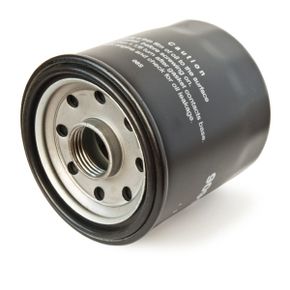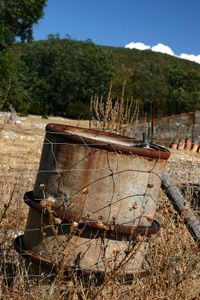Changing your engine oil is one of the single most important vehicle maintenance acts you can perform. Gasoline, coolant and water, transmission and brake fluid are all important fluids for your car, but no other fluid can have more negative implications on your vehicle's engine if you don't address it regularly. Engine oil lubricates the engine, absorbs heat and allows the moving parts of your engine to work properly with one another.
Over time, heat breaks down the oil and reduces its lubricating properties. Oil also helps to neutralize acid in the engine, but this process breaks down over time. Oil works well to absorb trace amounts of water, dust and combustion byproducts in your engine. However, as heat breaks down the oil, it loses its effectiveness to absorb these materials and they begin to stick in your engine and can cause major car maintenance problems.
Advertisement
Think of your engine's oil like the blood that runs through our bodies. Of course, we don't need to replace our own blood, our bodies do it automatically. But the body does pump blood to all areas so that our various body parts can work correctly. When an area of our body doesn't receive blood, it shuts down. Similarly, when an engine doesn't receive the right amount of oil, or when the oil is so old it doesn't lubricate well, the engine will stop running smoothly and some expensive automotive maintenance may be required.
Checking your own engine oil is one of the easiest preventative auto maintenance actions you can take. On the next page, we'll take a look at how to check your oil's clarity.




